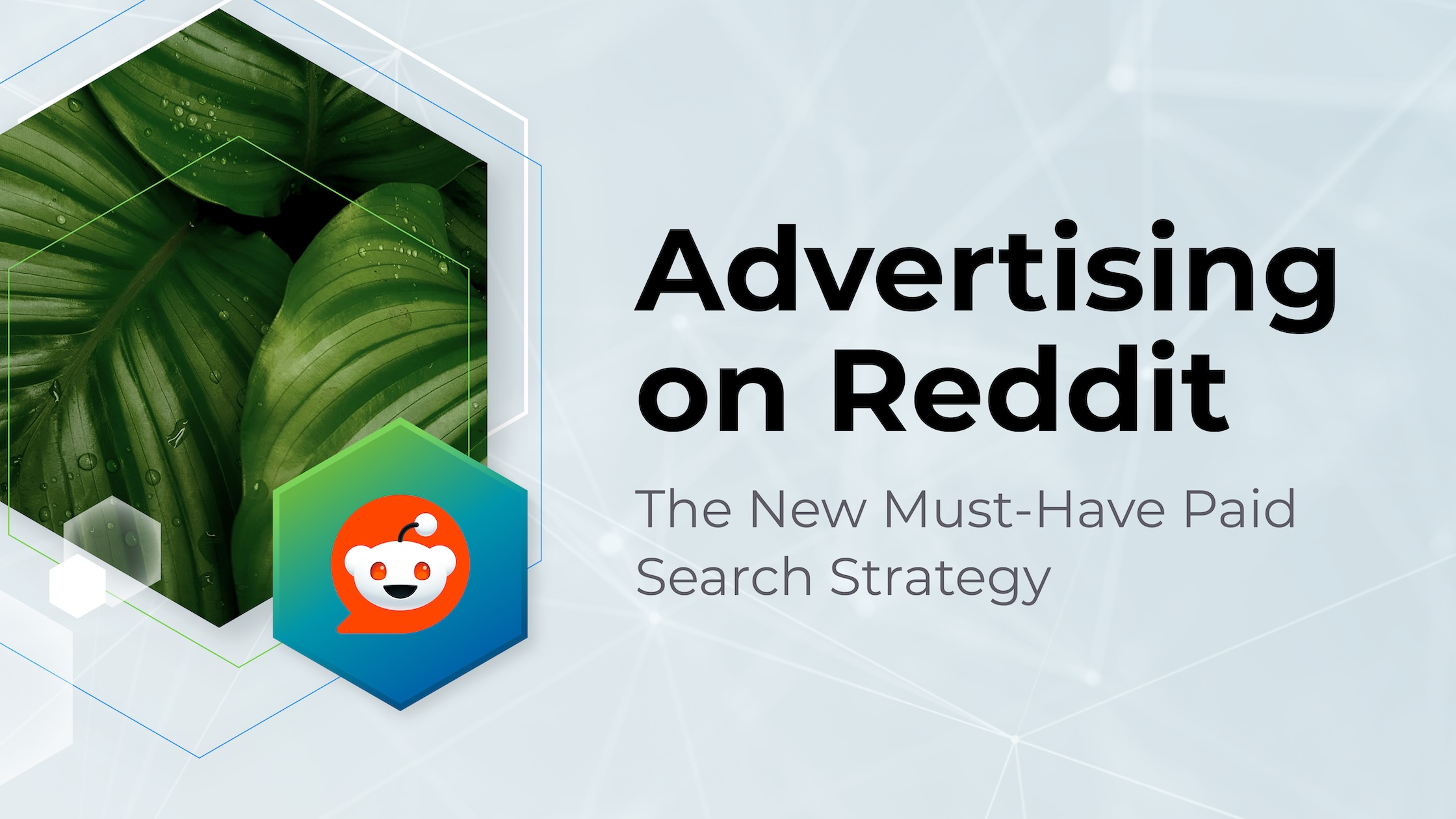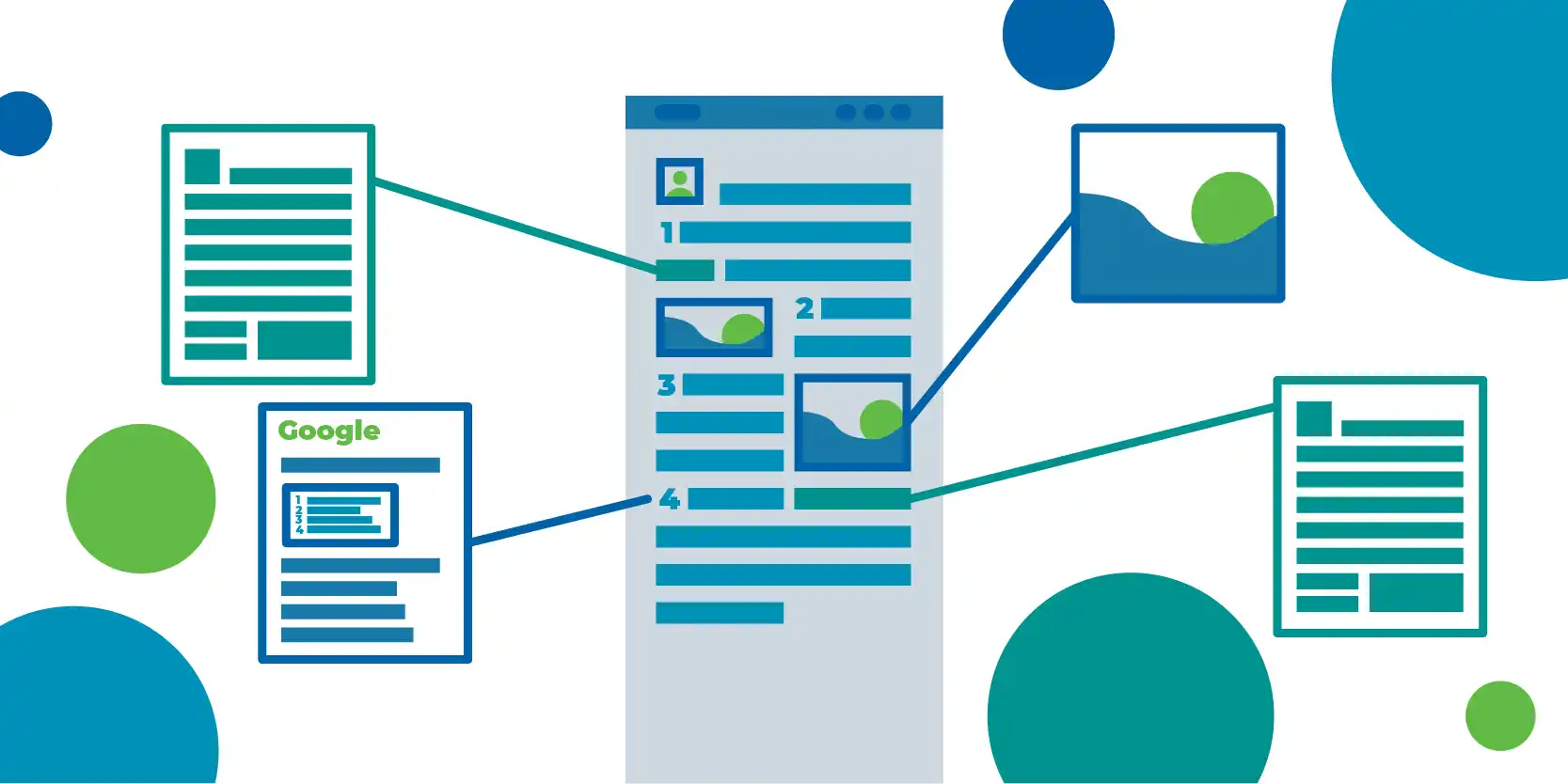In the traditional sales funnel, bottom-of-funnel activities receive the bulk of the credit for doing the heavy lifting of closing a sale. Paid search, paid social, and paid media are the last click attributed, so they drove the revenue, right? It may be that easy, but it’s likely not that simple!
Search engine optimization (SEO) is recognized by leading digital marketers as critical to success in ecommerce, SaaS, DTC, and B2B, but attribution and deriving ROI is elusive. Or is it?
Look at the analytics for the complete story on attribution
A quick look into your analytics is the first step to painting a more complete picture of attribution. According to Marketo, for most brands, direct traffic results in the highest conversion rate (DTC and B2B), followed typically by organic search. This follows a simple, yet sound logic: When customers are aware of your brand, they come directly to your site or follow an organic search path to your site (search > click > arrive). They may have been influenced by multiple channels prior, but the most profitable path they follow to your brand is through an organic or direct one.
Revenue almost always follows. Leading brands in every category typically receive the highest revenue from direct and organic sources. Traffic that is aware of the brand and is searching for it makes it easier to convert them to a sale.
Healthy brands have 60-75% of their web traffic arrive through direct or organic means. With the accompanying higher conversion rates, the revenue should be proportional. Paid channels should have an inverse relationship of % of traffic vs. % of revenue. Ideally, less than 50% of traffic from paid indicates equitable contributions from all sources, allowing for conversion rate optimization and higher revenue. Through this model, channel ROAS can achieve industry benchmarks without the brand being overly reliant on paid traffic to drive success.
How does SEO contribute to the success of direct and organic traffic?
Search engines remain largely a black box with little transparency regarding their algorithms. After years of algorithmic changes averaging in the tens and hundreds, Google alone in 2021 released over 3,000 updates. There is data to support the SEO approach in technical ways and through content strategy.
Google’s recent release of Core Web Vitals confirms what was suspected. Technical factors like page load speed, on-page content, image size and compression, crawlability, and indexability impact how search engines view a site, and is a contributing factor to whether it will show near the top of organic rankings. They also impact a site’s performance. According to Google data in 2021 for ecomm sites, a one-second increase in site speed increases conversion rates up to 27%.
How does a brand move more traffic to direct and organic?
Effective SEO ensures the technical health to convert traffic, but also takes inventory of what the marketplace is signaling through their searches. SEO identifies the keywords, topics, and content that will rank in organic search, and provides guidelines for content marketing to succeed. Think about it this way:
Paid media does a great deal of work to make the marketplace aware of a brand. That awareness is critical to lend credibility necessary for search and direct to be successful. However, SEO plays a role as well. Content strategy derived from effective SEO presents content and link options in areas outside of search, before a potential customer has even identified a need. Then, as the prospect moves into an education/consideration phase, SEO does the work to provide relevant content to move the customer closer to a conversion decision. At the point of conversion, the prospect has likely been exposed to multiple touchpoints to bring awareness, educate, and encourage consideration. A last-touch attribution model may miss this, but the data is clear: Direct and organic traffic drive revenue—an effective SEO strategy drives those actions.
Paid media may seem like an instant win, but adherence to SEO will likely bear more fruit (revenue) in an optimized way (efficient, lower cost), over time. Last-touch attribution may miss the story, but it’s available in the data with just a little digging. Your SEO may already be driving more revenue, hiding in plain sight (or site!).
Ready to uncover the gems hiding in plain sight on your website? Contact us to find out what they are!




